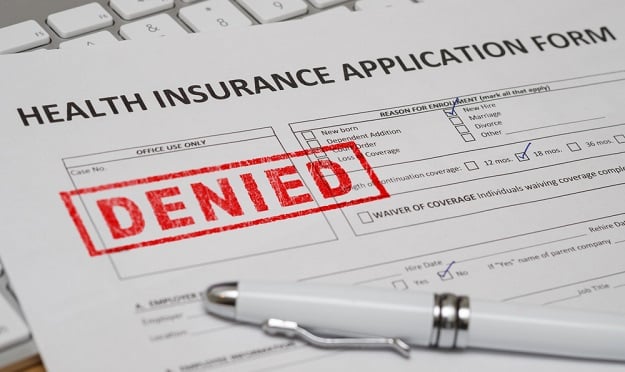#1: Broaden your definition of financial wellness and design a program that supports that definition.
- Control over ongoing financial responsibilities
- Capacity to manage unexpected expenses
- A plan to live within your means
- Ability to meet long-term financial goals
- Minimal exposure to risk
#2: Measure what matters.
must sense feel feel research confidence HSA participation and#3: Choose a vendor with the right program design.
0.1 percent- Does the program provide short-term goal-setting for employees?
- Does the program focus on building confidence through short-term wins?
- Does the program help develop healthy financial habits over time?
- Is the program self-driven and personalized to the needs and interests of employees?
- Will employees receive active accountability for engaging their financial health?
- Is the program designed around proven behavioral economics?
#4: Help employees develop confidence and grow into new resources.
survey least#5: Move from education to skill development.
#6: Financial wellness is bigger than retirement planning.
#7: Put all program details in one central location.
401(k) or HSA programs- Controlling my month-to-month expenses
- Budgeting tools through financial wellness vendor
- Onsite classes
- Reducing my exposure to risk
- Health insurance
- Long-term disability
- Planning for my future financial goals
- 401(k)
- 529
- Student loan assistance
- Improving my ability to absorb financial shock
- Health savings account
- Voluntary benefits
#8: Communication is critical.
#9: Make it easy when motivation is high.
#10: Make the business case for financial wellness.
- According to a 2016 PWC survey, 46 percent of workers spend three or more hours per week thinking about finances while at work, which results in $5,000 per year in productivity loss. That costs the average employer almost as much as tobacco use. Do the math. How much does lost productivity due to financial stress cost your company?
- A study conducted by Financial Finesse found that the majority of employees believe they will not be able to retire by age 65. Every employee who works beyond age 65 costs their company an average of $10,000 more per year. How much are late retirements costing your company? If you could reduce the number of late retirements by only 15 percent, how much money would it save you? What is your average tenure and turnover? If few employees are going to be around long enough to benefit from retirement planning, don't make this your main point.
- Most companies have shifted to high deductible health plans, but only 38 percent of employees contribute to a health savings account. What impact does that have on your health plan? Does lack of understanding of an HDHP create dissatisfaction with your health plan? Are employees prepared to meet their deductible if a major medical event occurs?
Complete your profile to continue reading and get FREE access to BenefitsPRO, part of your ALM digital membership.
Your access to unlimited BenefitsPRO content isn’t changing.
Once you are an ALM digital member, you’ll receive:
- Breaking benefits news and analysis, on-site and via our newsletters and custom alerts
- Educational webcasts, white papers, and ebooks from industry thought leaders
- Critical converage of the property casualty insurance and financial advisory markets on our other ALM sites, PropertyCasualty360 and ThinkAdvisor
Already have an account? Sign In Now
© 2025 ALM Global, LLC, All Rights Reserved. Request academic re-use from www.copyright.com. All other uses, submit a request to [email protected]. For more information visit Asset & Logo Licensing.








